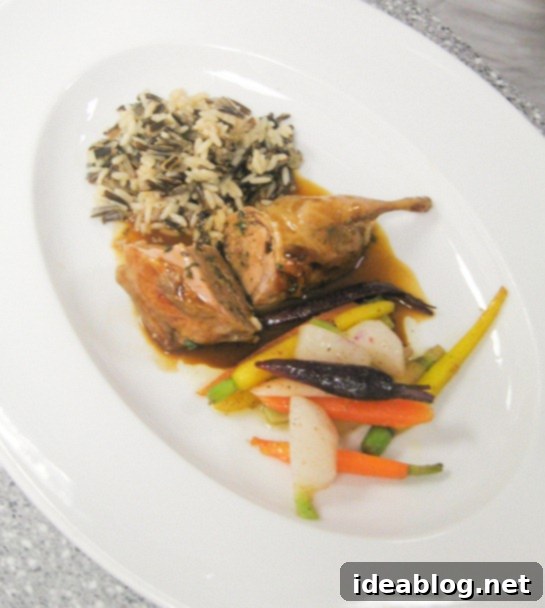Culinary Innovations: A Day of Brioche Quiche, Stuffed Quail, and Delicate Desserts
The culinary journey in professional kitchens is always dynamic, and today was a perfect illustration of how planning, precision, and passion come together to create an unforgettable menu. The satisfaction of a seamlessly executed service, a feeling I’ve come to cherish, was particularly strong today. To achieve this flow, our dessert was expertly prepared yesterday afternoon, allowing ample time for it to set. This morning, during our lecture, we began assembling various components, streamlining the entire process for what promised to be a challenging yet rewarding day.
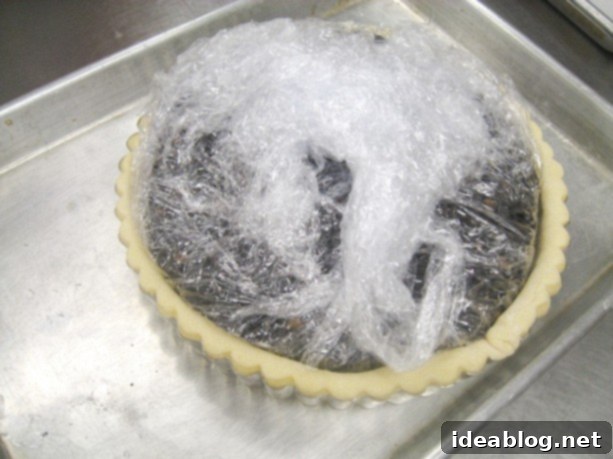
The Culinary Journey: A Day of Innovation and Classic Refinements
Our curriculum continues to push boundaries, blending classic French techniques with modern interpretations. Each day presents new learning curves and opportunities to refine our skills, from mastering delicate pastry work to intricate butchery. Today’s menu was a testament to this philosophy, showcasing innovative approaches to familiar dishes and meticulous execution of complex preparations.
Course 1: The Unexpected Elegance of Endive & Roquefort Quiche
The first course was nothing short of brilliant – a dish that was both incredibly delicious and remarkably creative. Chef Patrice consistently demonstrates his genius for transforming classic flavor profiles into something fresh, modern, and exciting. Our Endive & Roquefort Quiche served today was an exemplary demonstration of his innovative spirit, taking a beloved staple and elevating it with a surprising twist.
Revolutionizing the Quiche Crust: Brioche Brilliance
Traditionally, quiches are made with a pate brisee, a classic “broken” dough crafted from flour, butter, salt, and cold water, known for its flaky, tender texture. However, today we embarked on an entirely different path, utilizing brioche bread dough for our crust. Yes, you read that correctly! This unconventional choice was a game-changer, demonstrating how subtle alterations can profoundly impact a dish.
The preparation of the brioche dough began yesterday afternoon. We allowed it to undergo its first rise at room temperature until it doubled in size, developing its characteristic airy texture. Following this, it was transferred to the refrigerator for a second, slower rise, allowing the flavors to deepen and the dough to become more manageable. Typically, brioche dough would have a final proof after shaping. However, for our quiche, we removed the chilled dough directly from the fridge, rolled it out precisely like a standard pie dough, and meticulously molded it into our tart shells. This cold working of the dough helped maintain its structure and rich buttery qualities.
We then proceeded to blind bake the brioche crust. This crucial step involved weighing down the dough with baking beans or pie weights to prevent it from puffing excessively, a natural tendency of brioche due to its high yeast and fat content. The result was a stunningly rustic and incredibly delicious crust, perfectly golden brown and slightly irregular around the edges, exuding homemade charm.
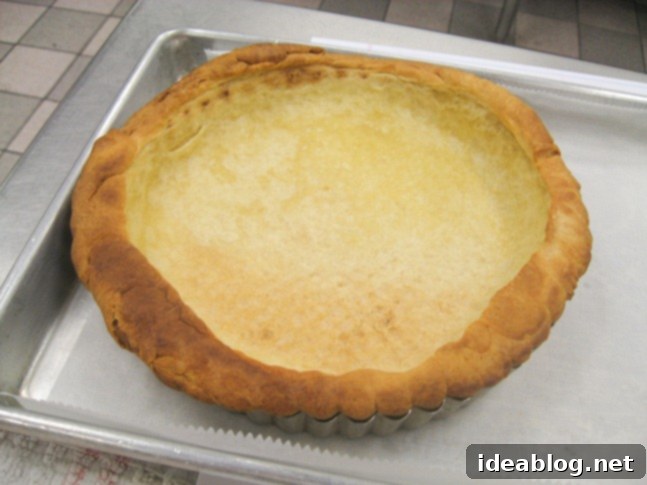
One might naturally question the rationale behind using brioche dough for a savory quiche. Chef Patrice, ever the visionary, had a perfectly logical and culinary-driven answer. Beyond merely creating a more interesting dish, which it undoubtedly did, the inherent sweetness and luxurious richness of the brioche dough were specifically chosen to counteract the natural bitterness of the endive filling. This brilliant pairing created a harmonious balance, transforming what could be a straightforward dish into a sophisticated gastronomic experience. The slight sweetness of the crust provided a delightful counterpoint, making the entire quiche feel unexpectedly lighter and more refined.
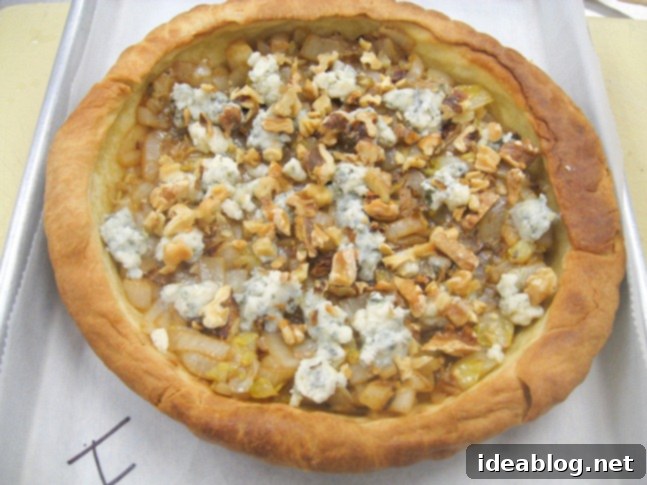
The filling itself was a testament to complementary flavors. Fresh endive was gently sautéed with a minimal amount of olive oil and a squeeze of fresh lemon juice, bringing out its subtle sweetness and tempering its characteristic bitterness. Into this, we incorporated crumbled Roquefort cheese, its sharp, tangy notes providing a delightful contrast, along with toasted walnuts, which added a pleasant crunch and earthy depth. These ingredients were carefully folded into a rich custard base made from whole eggs, heavy cream, a touch of nutmeg, and seasoned simply with salt and pepper. The quiche was then baked at a low temperature until the custard was perfectly set and golden brown. The final dish was absolutely delicious, served alongside a vibrant, peppery arugula salad that cut through the richness beautifully.
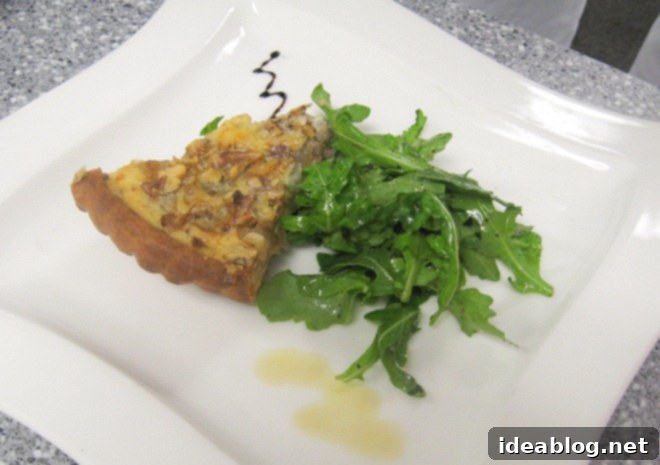
Course 2: Mastering the Art of Stuffed, Deboned Quail
Our main course was an equally intricate and captivating dish: a truly gourmet experience featuring Stuffed (Deboned) Quail, elegantly presented with a side of wild rice and an assortment of colorful baby vegetables. This preparation required meticulous attention to detail and demonstrated advanced culinary techniques.
The quail we worked with today arrived completely deboned, a fascinating and somewhat surreal concept that highlights the specialized skills in high-end butchery. The thought of an entirely deboned bird is still novel to me, but I’m incredibly excited for Phase II of our program, where we will learn how to debone a whole chicken ourselves. I anticipate it will be one of the most challenging, yet rewarding, skills to master in the kitchen, requiring immense precision and practice.
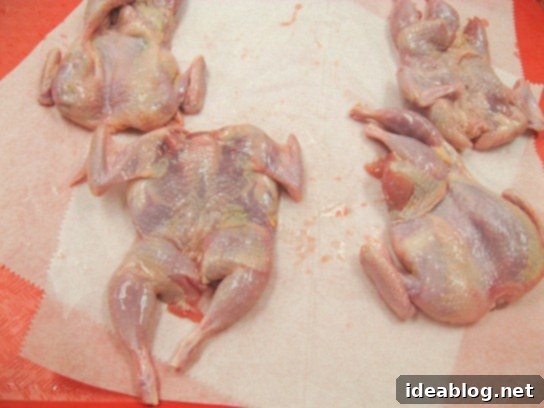
The Delight of Baby Vegetables
Adding to the visual appeal and textural variety of the main course were the baby vegetables. I have a particular fondness for them – their miniature size makes them incredibly adorable, and their vibrant colors, especially the rainbow carrots, bring an artistic touch to any plate. While they may be small, they certainly don’t cut down on prep time; each delicate vegetable required careful trimming, thorough cleaning, and had to be cooked separately to ensure perfect doneness and preserve its individual characteristics.
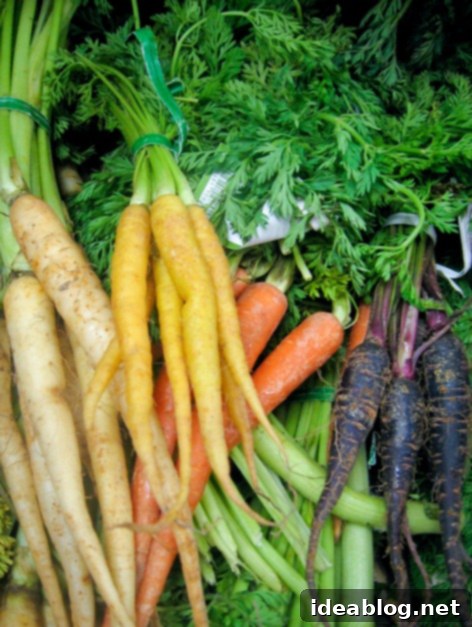
Crafting the Perfect Quail Stuffing
The deboned quail were generously piped full of a rich and flavorful stuffing. This complex mixture was a culinary creation in itself, combining finely ground veal, pork, and duck liver for depth and richness. To this, we added a softened bread and cream mixture, which acted as a binder and kept the stuffing moist, along with leftover pâté, fresh basil, finely diced onion, and a touch of parsley for herbaceous notes. The primary purpose of such a stuffing, beyond flavor, is often to utilize quality leftovers and harmonize various ingredients available in the kitchen, within reason, of course. A crucial trick to remember for any stuffing is to ensure it contains between 30-40% fat; this guarantees it remains moist, tender, and intensely flavorful throughout the cooking process, preventing it from drying out.
To ensure the stuffing was perfectly seasoned and balanced, a small but essential step was taken: we formed tiny patties of the stuffing and sautéed them before piping it into the quail. This ‘taste-testing’ allowed us to adjust seasonings and ensure the flavor profile was exactly as desired. These seemingly small, often overlooked, steps are what truly differentiate professional cooking and make a significant impact on the final dish’s quality and taste.
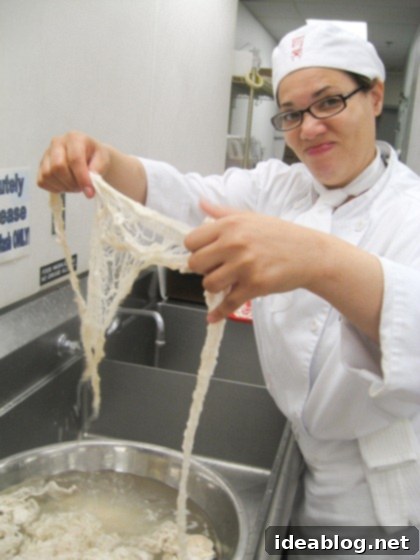
Caul Fat—pretty gross!
Once our quail were delicately stuffed, we took an ancient and ingenious step: wrapping them in caul fat. For the uninitiated, caul fat is essentially the lacy membrane that surrounds the internal organs of animals, typically beef or pork. While the thought of beef stomach lining might not be the most appetizing at first glance, it is a time-honored technique in classic cuisine for very practical reasons. Caul fat effectively maintains the shape of the stuffed quail, acting as a natural casing that prevents the flavorful stuffing from escaping during cooking. More importantly, being composed entirely of fat, it melts beautifully as the quail braises, basting the bird and stuffing from within, contributing incredible moisture and flavor without adding a greasy texture to the finished product.
Braising for Flavor and Tenderness
The wrapped quail were then carefully braised, a cooking method that involves searing food and then simmering it slowly in a liquid. We placed them in a rich mirepoix (a flavorful base of diced carrots, celery, and onions), along with a combination of chicken and veal stock. This slow cooking process allowed the quail to become incredibly tender, absorbing the complex flavors of the stock and aromatics. Towards the end of the braising period, the liquid was reduced significantly, concentrating its essence into a luscious sauce, and fresh thyme was added to infuse an additional layer of aromatic flavor, completing this exquisite main course.
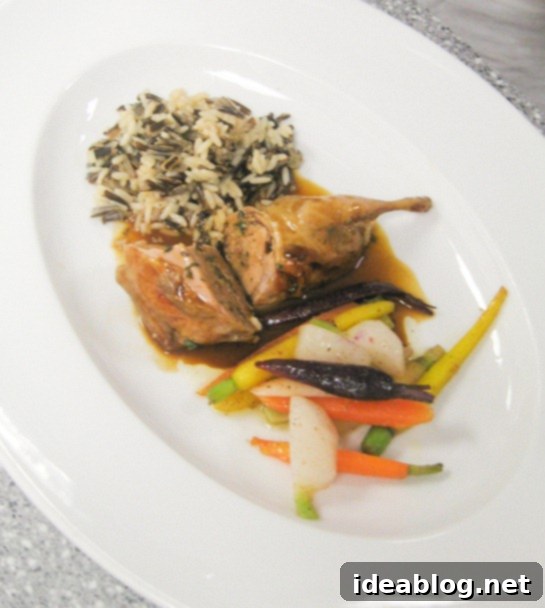
Course 3: A Refreshing & Delicate Mango Timbale
Our dessert was equally delightful and offered a refreshing close to the meal. As mentioned, these delicate Mango Timbale were meticulously prepared yesterday afternoon, requiring sufficient time in the refrigerator to properly set and achieve their elegant structure. This forward-thinking preparation is crucial for complex desserts that rely on chilling.
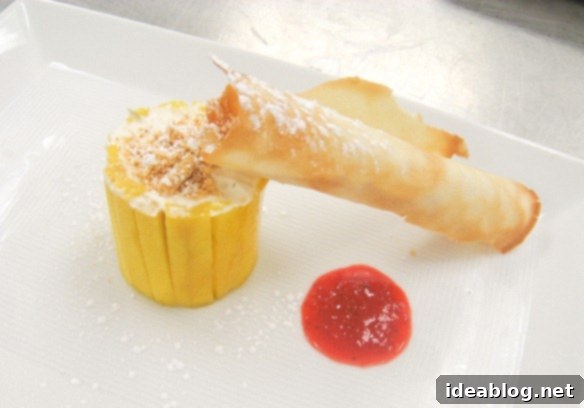
The Art of the Mango Timbale
The mango timbale itself was a masterpiece of flavor and texture. It was filled with a light and airy mixture of fromage blanc (a creamy, soft, fresh cheese similar to yogurt but with a richer texture), brightened with fresh citrus zest, folded with delicately whipped cream, and stabilized with a touch of gelatin to ensure it held its perfect shape. The most labor-intensive part of this dessert was undoubtedly the precise preparation of the mango. We had to slice the ripe mango incredibly thinly, then cut these slices into very fine matchsticks, which were then carefully and artfully used to line the inside of individual molds. This meticulous technique created a stunning visual effect and ensured every bite included the sweet, vibrant fruit. Despite its intricate appearance, this dessert was surprisingly light and relatively healthy, making it a guilt-free indulgence.
Adding another layer of flavor and texture, the center of the timbale featured a small, hidden layer of finely chopped mango, macerated with a hint of triple sec. This subtle addition provided an extra burst of tropical flavor and a touch of alcoholic warmth, creating a truly refreshing and sophisticated finish.
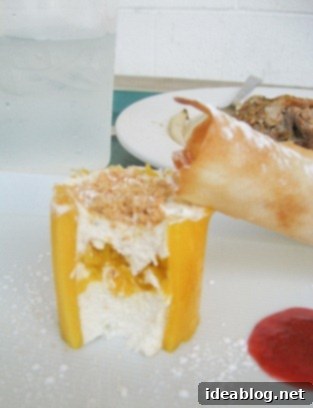
The Fickle Friend: Cigarette Tuiles
To accompany the timbale, we had the challenge of making cigarette tuile cookies. These delicate, curved biscuits are truly the bane of my existence in the kitchen! I suspect they have a similar effect on many of my classmates, often inducing a collective groan and a touch of exasperation. Their fragility and the precision required to execute them well make them notoriously difficult. The critical factor is their need to be rolled *immediately* the moment they emerge from the oven, when they are still pliable. A second too late, and they become brittle, snapping rather than curving gracefully. Mastering these requires lightning-fast reflexes and a gentle touch, skills that we are continually refining.
Beyond the Kitchen: Teamwork, Learning, and Future Challenges
Today also marked a significant milestone: our last official day working with our current teammate. While the rotation is an essential part of our learning process, developing a strong working rhythm with someone only to switch them out always feels a little bittersweet. I have a strong feeling that service next Tuesday, with new team assignments, might be a bit chaotic as we all adjust to new dynamics. It’s a testament to the fast-paced and ever-evolving environment of professional culinary training.
The afternoon brought a shift in focus from practical cooking to theoretical knowledge as we tackled our theory exam. It felt like a comprehensive assessment of everything we’ve absorbed thus far, and I’m optimistic it went well. The rest of tonight will be dedicated to meticulous preparation: organizing my recipe notebook, which now boasts 64 new recipes typed up and 120 previous ones meticulously cataloged, ready to be turned in. More importantly, I’ll be mentally preparing myself for tomorrow’s practical exam, a high-stakes test of our hands-on skills under pressure. Wish me luck! The journey continues, and I am grateful for every lesson, every challenge, and every delicious creation along the way.
**As always, many thanks to everyone following along my journey! I look forward to sharing the details of each day with each and every one of you.
